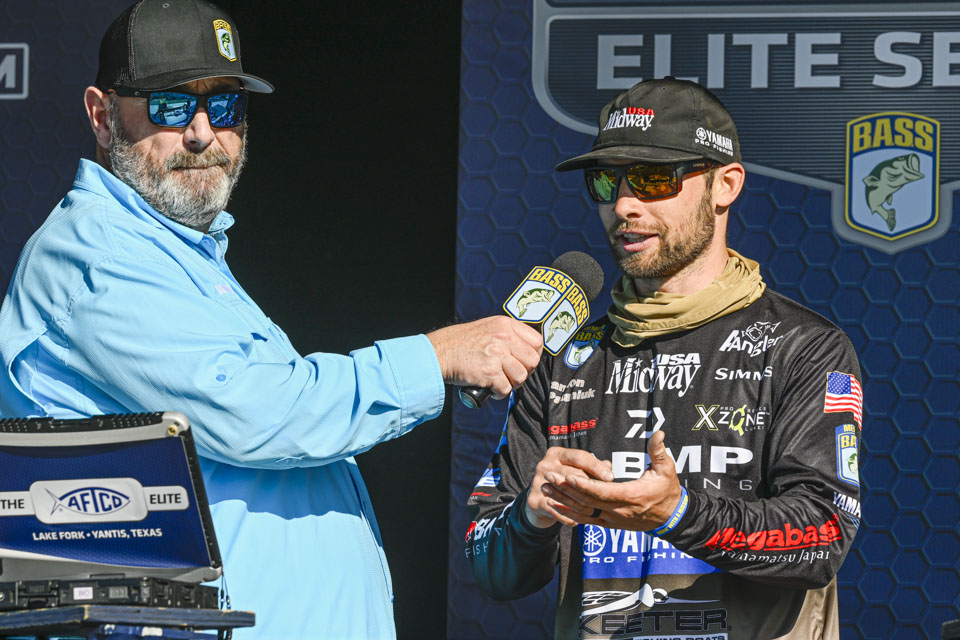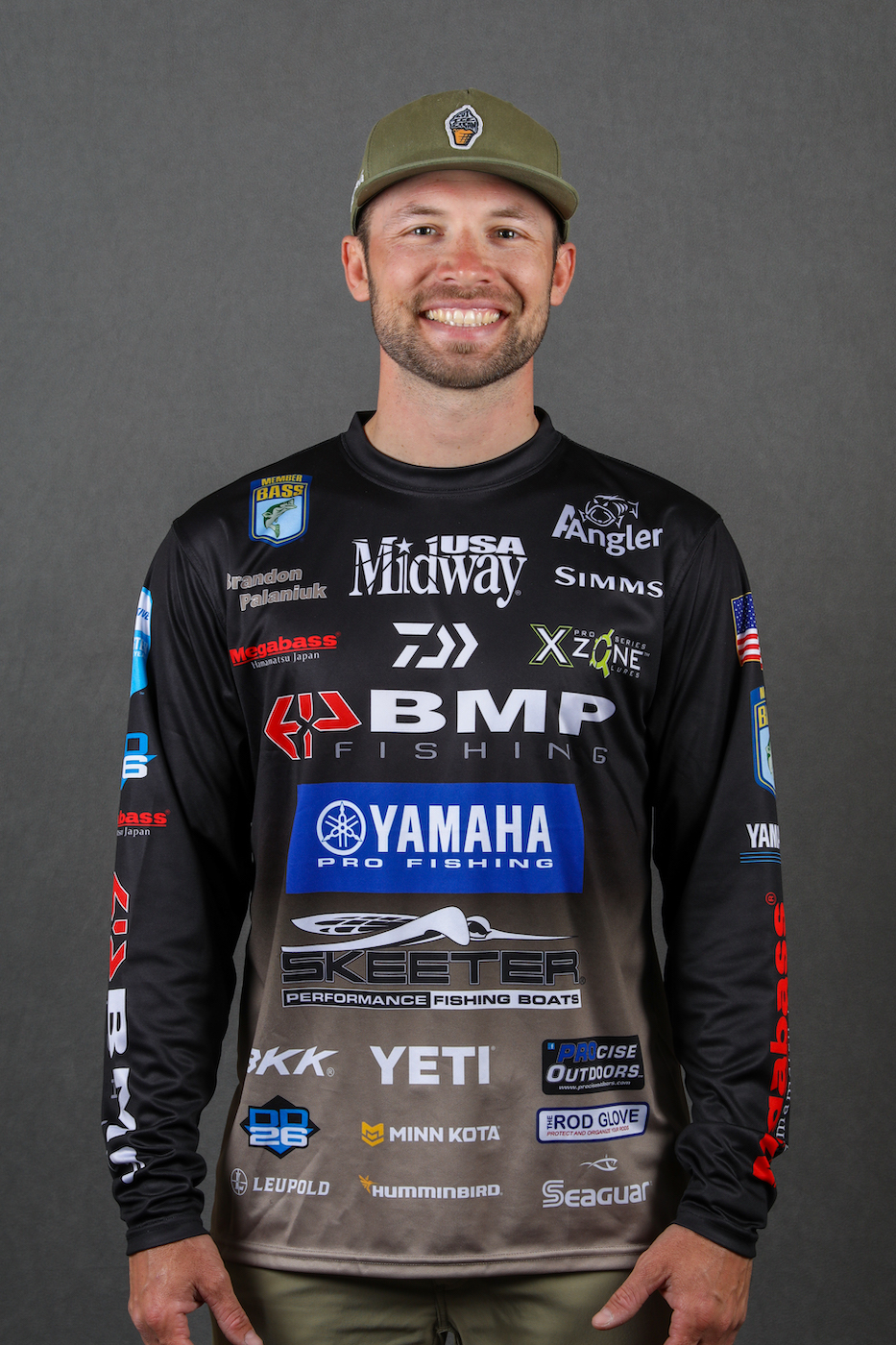
You hear it all the time – in local events, on social media and even in the bag line at a Bassmaster Elite Series tournament: “I made bad decisions today.” Or alternatively, “I made great decisions, and everything worked out.” Usually, what seems like a huge difference is predicated entirely on the success that followed those decisions, but often the gap is smaller than it appears.
In fact, often the only difference between good and bad decisions is a 4-pounder.
The best anglers on any circuit are consistent because they process information on the water quickly. You can only make decisions based on the information you have in front of you, combined with past experiences. We look at variables including water clarity, weather and the time of year and then make educated choices about what to do. Unfortunately, your process can be on point, but something out of your control or something you didn’t consider can undermine that process.
For example, your internal calculator may tell you, based on what you’ve experienced before combined with current conditions, you should run up the river and throw a squarebill on riprap. If you follow through and catch a big bag, it seems to have been a good choice. If you don’t get bites, though, you put it in the “bad decision” category. But was it really a bad choice? Maybe your timing was off? Or maybe you just missed the best stretch of riprap.
To me, it’s not about bad decisions, but rather how many you can make before the right one.
Take the recent Harris Chain Elite event. It was my worst finish of the season so far. At the time we went, everything told me the best fish would be offshore. I knew there would be some shallow, but to have a shot at winning I had to go out. Historically, Lake Harris has the most good offshore fishing opportunities – it’s the least silted with big shell bars. With that knowledge, I spent most of practice in Lake Harris and Lake Eustis thinking that was my best shot.
However, there was one thing that I missed: There’s not as much grass in Harris as in the past. Because of that, the water was dirtier. Those variables meant the population wasn’t as strong as in the past, and those that were there were on the bank. Those two lakes ended up being the best shallow fisheries that week and the worst offshore fisheries.
Late on the third day of practice it clicked for me that offshore was the right place to look, but I was doing it in the wrong area. Until then, I had factored in just about everything except water clarity, or at least I didn’t consider it enough. In the last hours I went to some of the other lakes and things started to click, but it was too late. I didn’t develop enough confidence to go to the places that looked right once competition started.
Now that we have live coverage of our tournaments, it’s easy to see what you missed. After the Lake Murray event, Carl Jocumsen and I talked about how timing was everything. We were throwing the same baits in the same places as some of the top finishers, but it didn’t work out for us.
The difference could be you showed up on the first day of practice, and the area was devoid of life. Someone else showed up the next day and there was bait everywhere and fish blowing up on them all around the boat. Or it could be the same day, just hours or even minutes apart. So you can write off an area and your fellow competitor heads there on tournament day with all of the confidence in the world. It never looks hard on Bassmaster LIVE because those are the guys who dialed it in.
It happens to the best anglers on any circuit, and if you fish enough tournaments it’ll happen to you. The goal should be to learn a lesson from each near miss and from each day on the water. If you develop confidence in sticking with the program, “bad decisions” turn into learning experiences, and you’re likely to have fewer and fewer of them.





